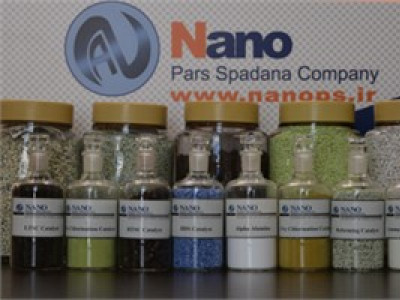| Spadana Nano Pars Co. |

| Registration Date | 8 Apr 2017 |
| Revision Date | 19 Apr 2018 |
| Share |
Petroleum Well Treatment
Desulfurization CatalystPores average size about 10 nm Specific surface ratio 275 m2/g Good distribution of precipitates on the catalyst In mesoporous materials, area to volume ratio considerably increase compared to bulk materials. The upper specific area of the nanopores created in catalyst, cause effective surface area and increase the catalyst activity.
The sulfur and nitrogen oxides are major air pollutant, can be mention as the main factors of acidic rain. Excessive sulfur in petroleum fractions such naphtha causes tanks, reactors, pipes and metal connections corrosion, in addition air pollutant. Currently desulfurization is performed using catalyst, associated with hydrogen. In this way, compounds containing sulfur atoms convert to hydrogen sulfide in temperature, pressure and certain proportion of hydrogen to feed. The gamma alumina based is one of the catalyst, used for desulfurization. Alumina has many applications such as ceramic membranes, colors, refinery and chemical catalysts, pollution control and catalysts. The mesoporous gamma alumina is one of the created phases during the alumina production, with 2 to 50 nm pore size. This is used as the conventional catalyst in heterogenic reactions because of upper specific surface, high porosity ratio, good thermal stability and uniform porosity dispersion.